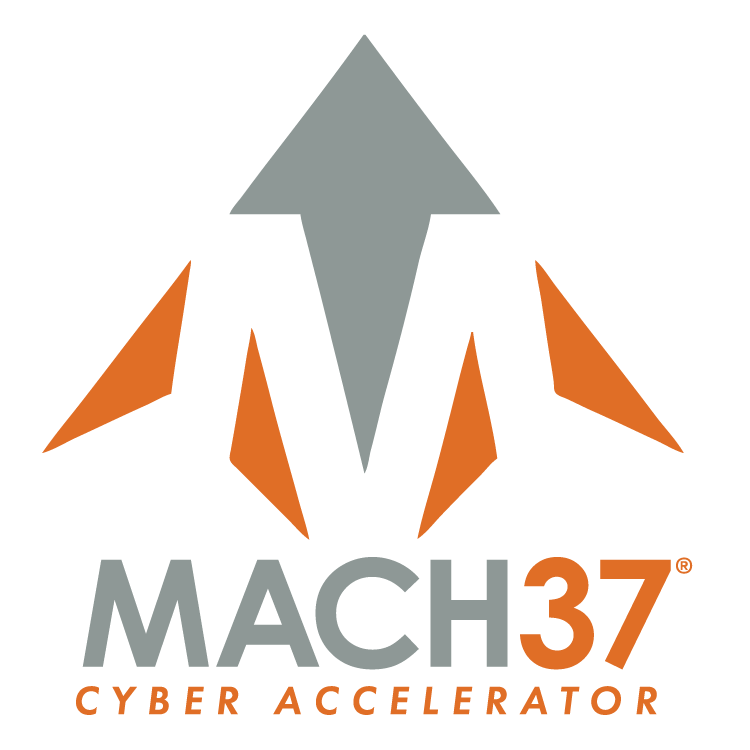Key Takeaways
The Internet has gone through two historical stages, Web1 and Web2, and a third stage, Web3, is emerging
Web3 consists of open trustless networks that are built with open source technologies and are fueled by token economies
Web3 could potentially bust platform monopolies like Google and Facebook and give rise to a new global digital economy
In this article, we will look at what is, potentially, the next major iteration of the Internet; one in which users take back control from the centralized corporations that currently dominate the web. From the static web in Web 1.0, and the dynamic participatory Web 2.0, the internet is entering it’s next large-scale iteration. We will look back at how the web has evolved, where it’s going next, and why this matters.
The evolution of the web is often partitioned into three separate stages: Web 1.0, Web 2.0, and Web 3.0.
Web 1.0
Web 1.0 was the first iteration of the web. Most participants were consumers of content, and the creators were typically developers who built websites that contained information served up mainly in text or image format. Web 1.0 lasted approximately from 1991 to 2004.
Web 1.0 consisted of sites serving static content instead of dynamic HTML. Data and content were served from a static file system rather than a database, and sites didn't have much interactivity at all.
You can think of Web 1.0 as the read-only web.
Web 2.0
Web 2.0, also known as the Participative or Social Web, moved the world on from static desktop web pages designed for information consumption and started the interactive experiences and user-generated content that brought us Uber, AirBnB, Facebook and Instagram. If Web1 is Britannica Online, then Web2 is Wikipedia. The term ‘Web 2.0’ was popularized by Tim O’Reilly at the first O’Reilly Media Web 2.0 Conference in late 2004 and is the version of the web that we are familiar with today. Web2 does not refer to any technical revolution, but the modification of the way web pages are designed and used.
Some problems with Web2
Web2 applications often experience data breaches. In Web2, you don’t have any control over your data or how it is stored. In fact, companies often track and save user data without their users' consent. All of this data is then owned and controlled by the companies in charge of these platforms. Servers that support online applications can go down which affects user experience or worker income.
Because applications are governed by central authorities, free speech is also at risk on Web2. Governments will often shut down servers or seize bank accounts if they believe a person is voicing an opinion that goes against their propaganda. With centralized servers, it is easy for governments to intervene, control, or shut down applications as they see fit.
Web3 aims to solve many of these shortcomings by fundamentally rethinking how we architect and interact with applications from the ground up.
Web 3.0
While Web2 is still very much alive and growing, we are also seeing the first signs of growth from the next large paradigm shift in internet applications, logically entitled ‘Web 3.0’. As hard to believe as it might seem, Web 3.0 , is an even more fundamental disruption, one that will eventually leave everything hitherto in its shade. It is a leap forward to open, trustless and permissionless networks.
‘Open’ because they are built from open source software by an open community of developers.
‘Trustless’ because the network allows participants to interact without a trusted third party.
‘Permissionless’ because anyone can participate without authorization from a central authority.
Here are some practical comparisons between Web2 and Web3:
With Web3, the network is decentralized, so no one authority controls it, and the decentralized applications (dapps) that are built on top of the network are open. The openness of the decentralized web means that no single party can control data or limit access. Anyone is able to build and connect with different dapps without permission from a central company. If you are curious about which dapps already exist you can visit State of the DApps to browse thousands of apps that have been built according to the tenets of Web3.
In Web3, identity also works much differently than what we are used to today. Most of the time in Web3 apps, identities will be tied to the wallet address of the user interacting with the application; wallet addresses are completely anonymous unless the user decides to tie their own identity to it publicly.
What Web3 means for the world
Web1 and Web2 allowed truly global businesses to form by radically shrinking the latency and cost at which people could trade information. That information is traded via a set of trusted third parties. With Web3, individuals, businesses and machines will be able to trade information with other parties that they don’t know or trust, without an intermediary. Web3 will allow us to interact with any individual in the world, without having to give up our data to middlemen. This shift will enable a whole new wave of previously unimaginable business models: from decentralized autonomous organizations to self-sovereign data marketplaces.
Societies will become more efficient by removing rent-seeking middlemen and returning the value directly to the users and suppliers in an industry. People will share more data with more privacy and security assurances. We will control our own data and digital footprints. Web3 will bust platform monopolies like Google and Facebook giving rise to bottom-up innovation and a new global digital economy.






